Month: May 2016
Traveling to India from USA? You need to know all this.
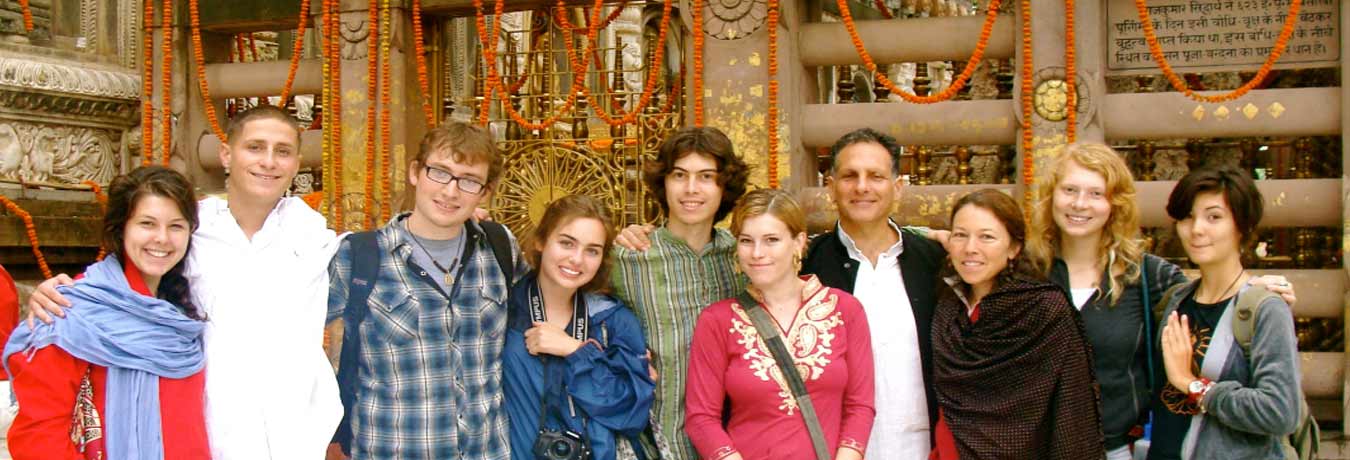
India is a land of diversity and mythical fables, beyond the realm of fabrication. For centuries she has lured millions of travelers that have been caught off guard by her alluring beauty, and have returned to their lands with wondrous memories. Hold on though. You just can’t pack your bags and hop onto the next flight to India. To all fellow Americans who are looking forward to traveling to India, here are some tips to help you glide through.
Get your e-Visa and travel insurance in order

American citizens with valid US passports that want to travel to India for a holiday only need to apply online for an e-visa, which will allow them a swift entry into the country. Visit the Indian Government’s website for e-travel authorization and other additional entry and exit requirements https://indianvisaonline.gov.in/. Also ensure to arrange comprehensive Travel Insurance(list of companies as suggested by the Department of State, United States of America) to cover the entire trip before departure.
How to overcome the dreaded jet lag!
The air travel shortest distance between India and United States is 8,448 miles. So of course when you arrive in India, your body clock will have a challenging time.
- Opt for an overnight flight – common sense. Avoid alcohol, caffeine and overeating a few hours before and during your flight and try to get as much sleep as possible.
- Set your watch to India’s local time as soon as you board your flight. And dive right into the local time when you arrive – that’s the only way to quickly retrain your internal clock.
- Spend the daytime outside as the sunlight will encourage the body to reset its clock. If you are exhausted and need a snooze, limit your nap to 30 mins. Anything more than that will disrupt your night sleep.
Some basic precautionary health measures before traveling to India

India offers a diverse range of climates, landscapes, and cuisines. Travelers from the USA do need to be slightly cautious when it comes to water and food, especially if they are traveling in the off-beat destinations of the country.
- Carry mosquito repellant with you and slather it on. Try to wear loose cotton clothing that covers your arms and legs.
- Always wear sunscreen whether it’s sunny or cloudy. The Indian sun is gorgeous and you may be very tempted to get an enviable tan, but do wear a sunhat during the day if it’s sunny.
- Only drink packaged or bottled mineral water and eat fresh, thoroughly cooked food. As delicious as they may seem, avoid street food unless recommended by a trusted local. When you arrive in India, stick to light cooked food, and slowly start indulging in the famed Indian fare. Give your tummy a couple of days to get used to the mouth watering flavors!
- Don’t travel without health insurance!
- Carry some basic medicines like an antihistamine, antiseptic, anti-diarrheal and paracetomal.
India’s diverse climates

India’s landscape ranges from the Himalayas in the north to the Indian Ocean in the south. For each season of the year, you will find ideal places to visit to India. Indian summers are notorious, but only for north-central and south India. India’s northern mountains like Kashmir, Ladakh, Himachal Pradesh and north east India are sublime at this time of the year. Read here for the best summer destinations in India. Some advantages of traveling to India in the summer are that you will avoid the touristy crowds of the peak season, and avail cheaper accommodation and transport prices.
Winter, autumn and spring are the peak travel seasons in India. From October till April, high season rates apply across hotels. The Himalayan regions get pretty cold in the winter, although snow lovers can enjoy the ski resorts in Kashmir and Himachal Pradesh. Ladakh is inaccessible during these months. Most regions in India enjoy a pleasant climate, making traveling a delight. Top places to visit in winter in India include Goa, Kerala, the coastline of eastern India, Rajasthan, Agra, Delhi etc.
Safety concerns while traveling to India
India has been in the news recently for women’s safety. Solo female travelers are becoming more commonplace, yet one must remain cautious and exercise basic safety measures. Here are some safety tips for travelers in India.
- For first time travelers, the labyrinth of hotel and transportation options can be confusing. It’s best to use the services of a local tour operator in India that has expert local know-how and provides certified and vetted tour guides, drivers, transporters etc.
- It’s advised to choose hotels in the city centre.
- If you need to venture out after hours, have your travel partner or a trusted local accompany you.
- Always use drivers that have been vetted by a travel agency.
- If you choose to use public transport, try to travel during the daytime. However Volvo or premium service buses that travel overnight are quite safe
- If you are traveling by train, ask your agent to book you in the first class compartment. It will be pretty cheap for you. Train stations sell chained locks, which are useful to secure your luggage to your seats.
- Political strife may exist in certain regions such as Kashmir, so use a travel agent to get updated information on the destination.
Transportation

Most cities in India are well-connected through flights and trains. In fact the country has an expansive road, rail and air network. You can also hire private cars with chauffeurs for more comfortable travel. Fleets of luxury buses are run by every state authority. Cab/taxi booking apps such as Uber and Ola in the major cities are reliable, cheap and quick.
Internet and Telephone
3G and 4G internet are readily available in most of the developed cities across the country. However, if you are traveling to offbeat or remote places or villages, you may have internet connectivity problems. Once you land in India, you can purchase prepaid SIM cards for cheap and use them for local and international phone calls. Again, phone connectivity is widespread, but may be an issue in very remote or mountainous areas.
Important Contacts for USA travelers
American nationals touring India should make a note of the contact details of the Embassy and Consulate. Most of the numbers you may need can be found at https://travel.state.gov/content/passports/en/country/india.html
English to Hindi key phrases

India with its 1.2 billion people has more than 22 dialects spoken in various parts of the country. Hindi is the most common of all languages in North India, and basic English words are also understood by transporters and locals. Southern India does not speak Hindi, but are well-versed in English. You can master a few basic words and phrases in Hindi for ease of communication.
Few Common Terms
| English | Hindi |
| Hello | Namaste |
| Goodbye | Alvida |
| Thank You | Dhanyawad |
| Yes | Haan |
| No | Nahi |
| Good | Bariha |
| Bad | Kharab |
| To Eat | Khana |
| To Drink | Pina |
| Water | Pani |
| My Name is … | Mera Naam … Hein |
| I am from USA | Mein USA Se Hoon |
| How Are You? | Kese Hein Aap? |
| What Is Your Name? | Apka Kya Naam Hein? |
| I am Sorry | Maaf Kijiye |
| Can you help me please? | Kya Aap Meri Madad Kar Sakte Hein? |
| How much is it? | Yeh Kitne Ka Hein? |
| Railway Station | Railway Station |
| Airport | Hawai Adda |
For Americans who have never been to this side of the globe, India can be confounding and overwhelming, yet will turn out to be the most wondrous experience of your life. It is advised to book and plan your vacation through an agent or better yet a local tour operator, who will take care of most of these procedures for you, while you can just sit back, relax and enjoy a hassle-free vacation.
Interview with Pat Farmer – Spirit of India Run
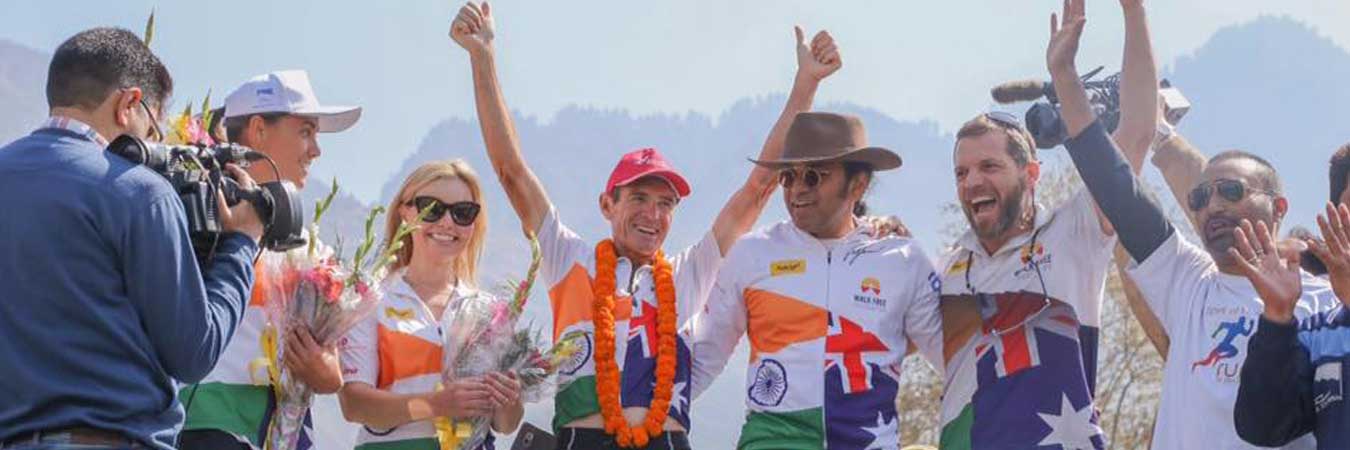
We recently interviewed ultra marathon runner Mr. Patrick Francis Daniel aka Pat Farmer for successfully completing his Spirit of India run. Those who do not know him, Pat is a multiple world record holder for endurance running who undertook his dream run across India to raise money for girl education. Dedicated to helping humanity, this extraordinary human has run from the North Pole to the South Pole, raising AUD$ 1000,000 for Red Cross International. He ran the Middle East Peace Run covering Lebanon, Jordan, Israel and Palestine, as well as the 3,000 kilometres Vietnam Run. (more…)




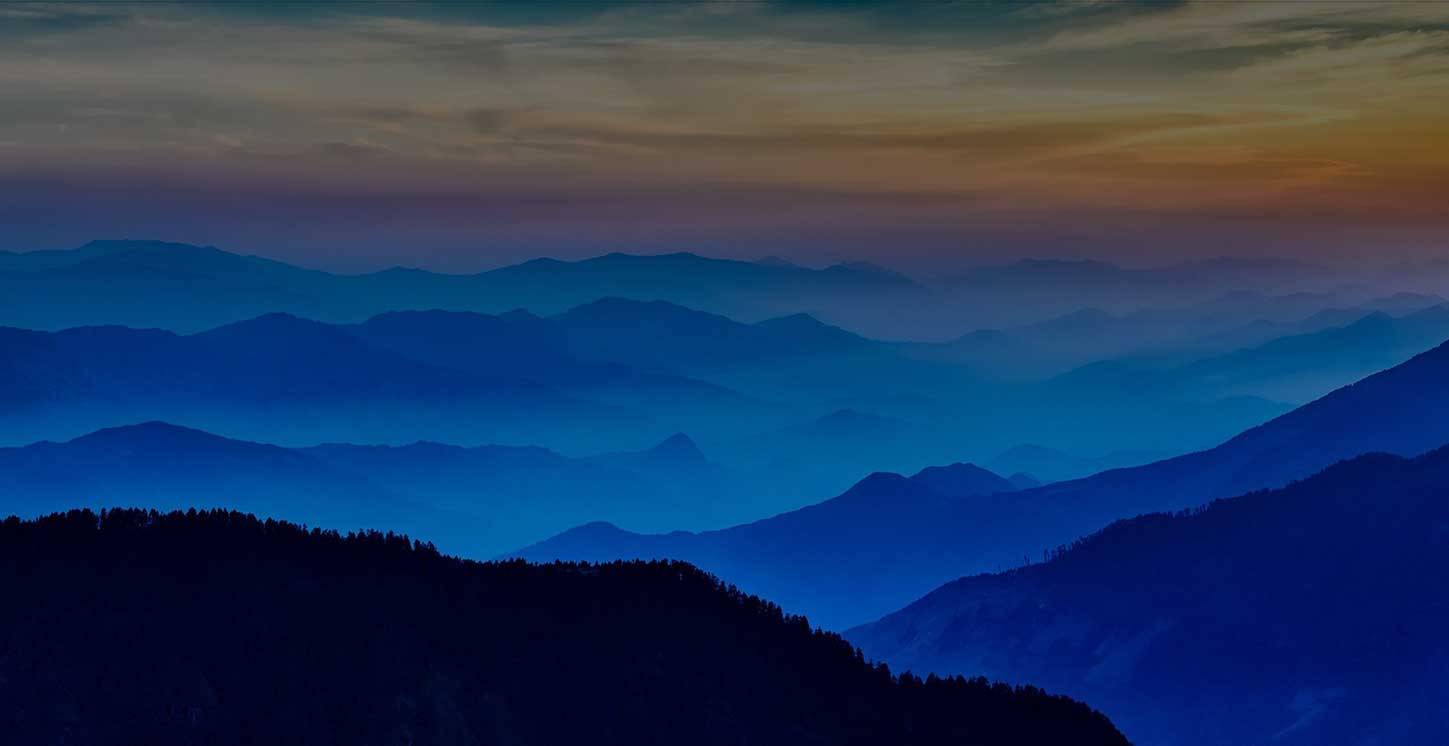
 +1-(765)-586-1210
+1-(765)-586-1210 +44-2030-2689-44
+44-2030-2689-44 +91 124 4361906
+91 124 4361906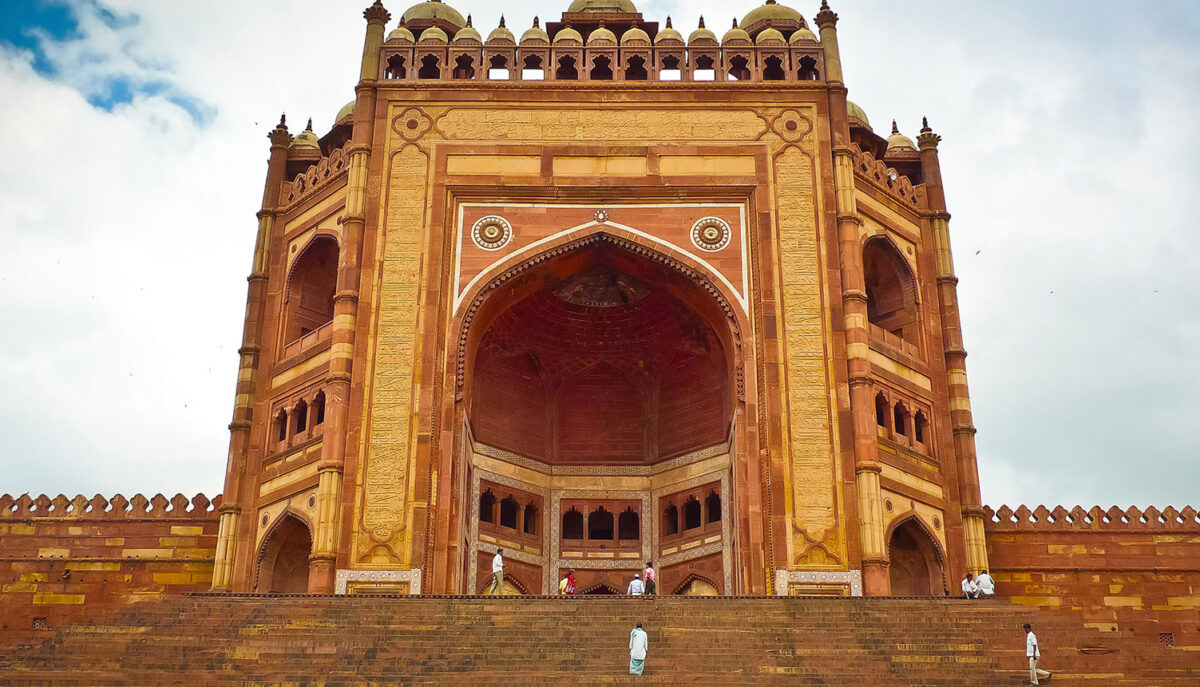
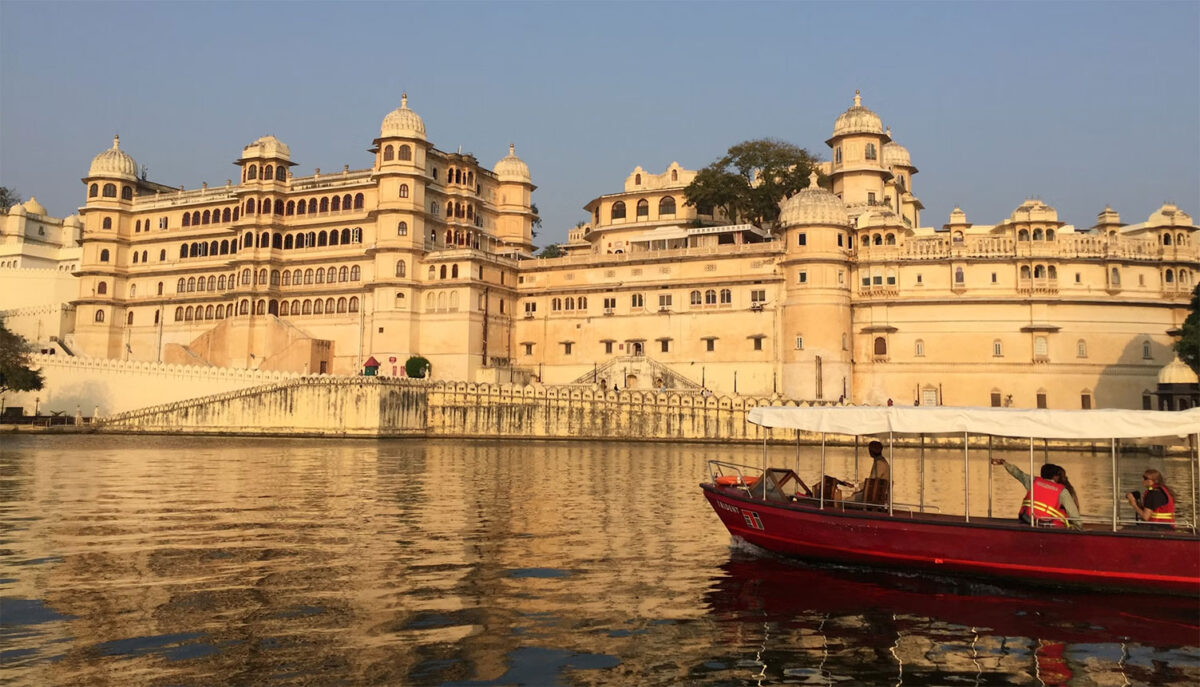

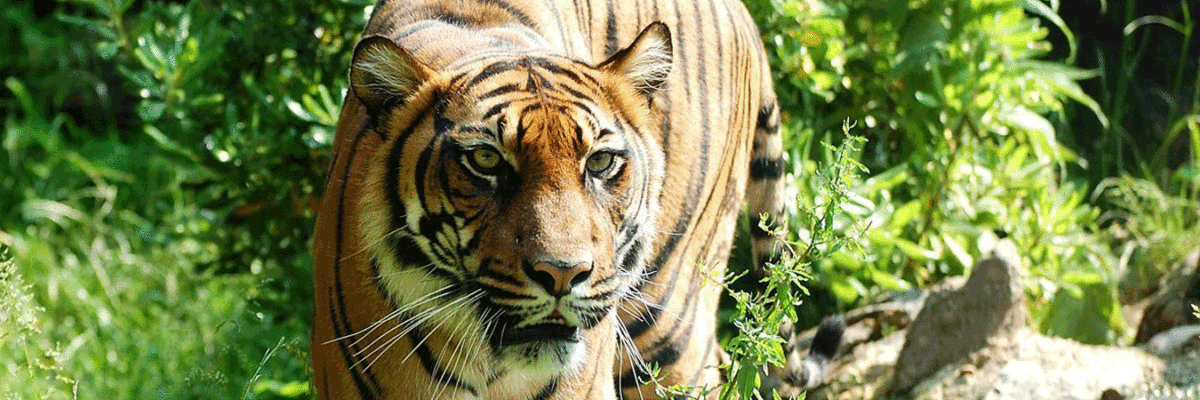
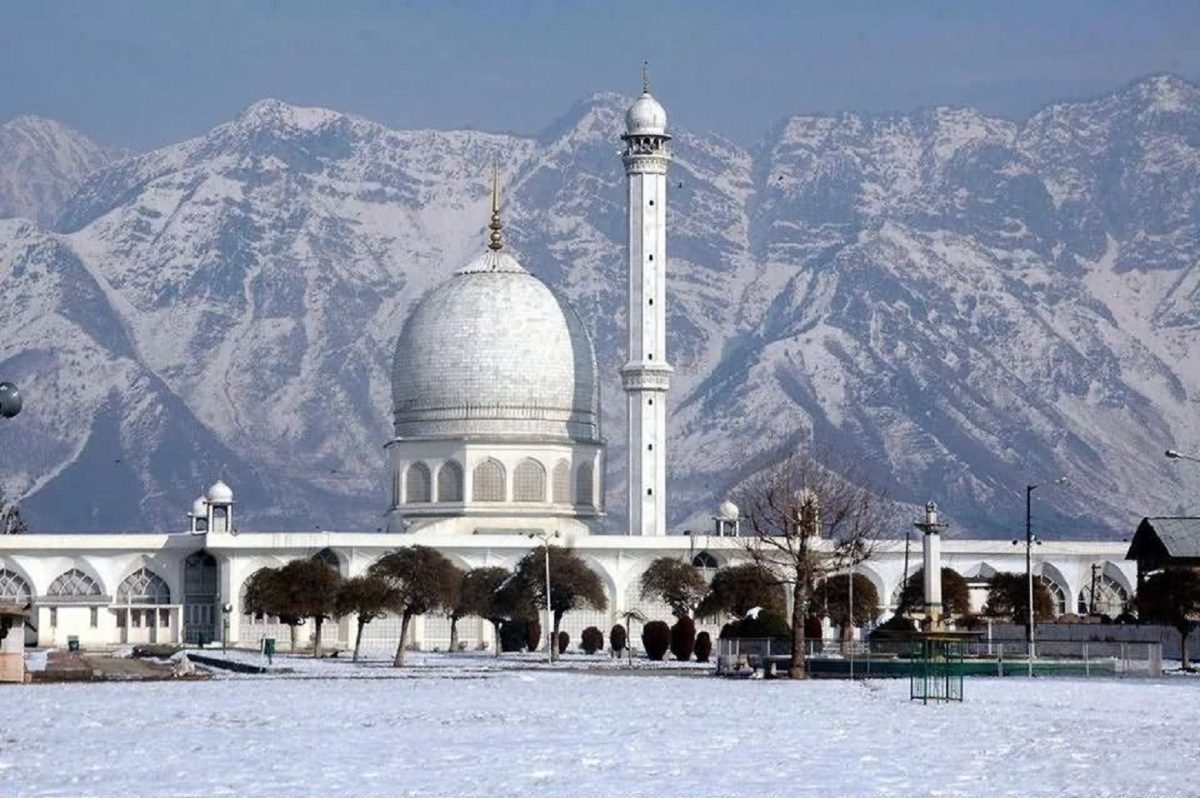
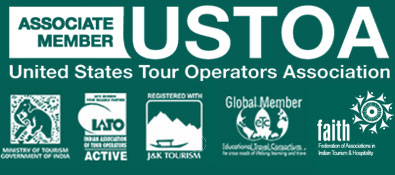

 +1-(765)-586-1210
+1-(765)-586-1210 +44-2030-2689-44
+44-2030-2689-44
